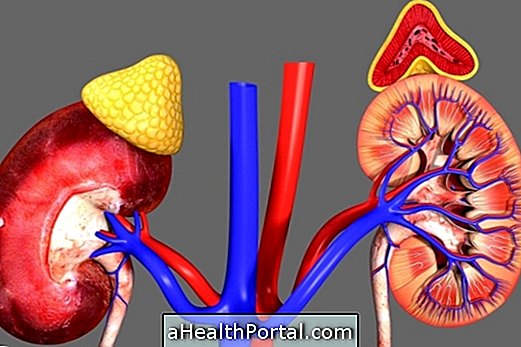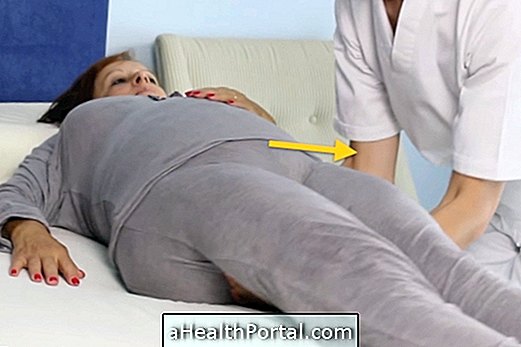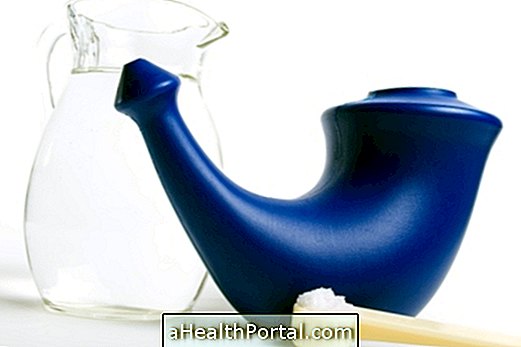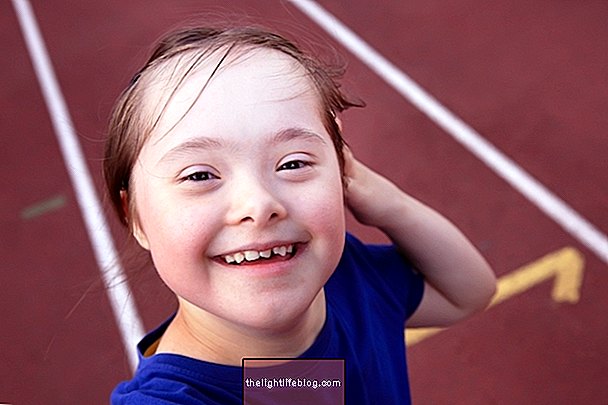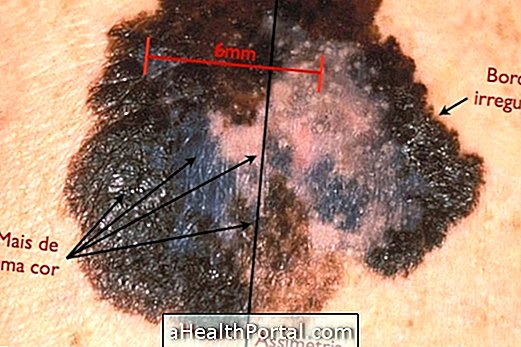Psychomotricity is a type of therapy that works with individuals of all ages, but especially children and adolescents, with games and exercises to achieve therapeutic goals.
Psychometricity is a very useful tool for treating individuals with neurological diseases such as Cerebral Palsy, Schizophrenia, Rett Syndrome, premature babies, children with learning disabilities such as dyslexia, developmental delays, physically handicapped, and individuals with mental example.
This type of therapy lasts about 1 hour and can be performed 1 or 2 times a week, contributing to child development and learning.
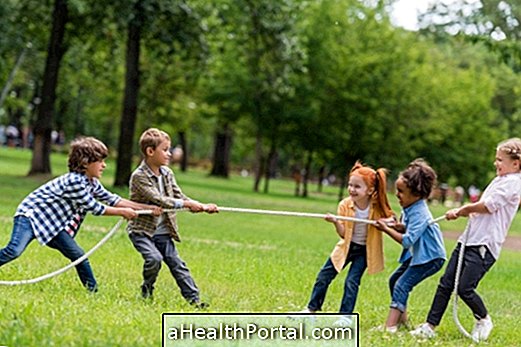
Objectives of Psychomotricity
The goals of psychomotricity are to improve body movements, the notion of where you are, motor coordination, balance and also rhythm.
These goals are achieved through playing games such as running, playing with balls, dolls and games, for example. Through play the psychomotor therapist, who may be the physical therapist or occupational therapist, observe the emotional and motor functioning of the individual and uses other games to correct the changes mentally, emotionally or physically, according to the need of each.
Psychomotor activities for children's development
In psychomotricity there are some elements that must be worked as tonus of posture, rest and support, besides balance, laterality, body image, motor coordination, and structuring in time and space.
Some examples of psychomotor activities that can be used to achieve these goals are:
- Game of the hopscotch: it is good to train the balance in one foot and the motor coordination;
- Walking on a straight line drawn on the floor: works the balance, motor coordination and body identification;
- Look for a marigold inside a shoebox full of crumpled paper: work the laterality, fine and overall motor coordination and body identification;
- Stack cups: it is good for improving fine and overall motor coordination, and body identification;
- Draw yourself with pens and with gouache paint: works fine and overall motor coordination, body identification, laterality, social skills.
- Game - head, shoulder, knees and feet: it is good to work on body identification, attention and focus;
- Game - Job slaves: work guidance in time and space;
- Statue game: is very good for spatial orientation, body scheme and balance;
- Game of the bag race with or without obstacles: works spatial orientation, corporal scheme and balance;
- Jumping rope: Great for working the orientation in time and space, in addition to balance, and body identification.
These games are great for helping with child development and can be performed at home, at school, playgrounds and as a form of therapy, when indicated by the therapist. Usually each activity should be related to the age of the child because infants and children under 2 years old will not be able to jump rope, for example.
Certain activities can be performed with only 1 child or in a group, and group activities are good to assist in social interaction that is also important for motor and cognitive development in childhood.



